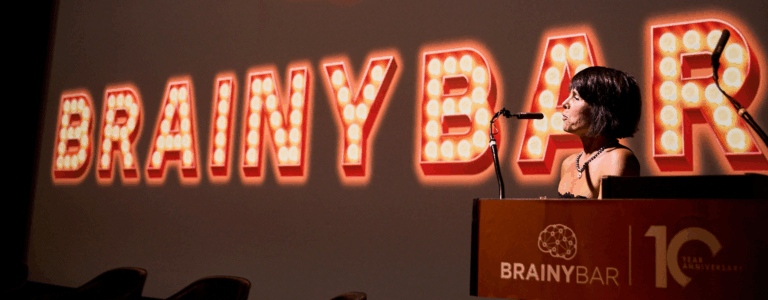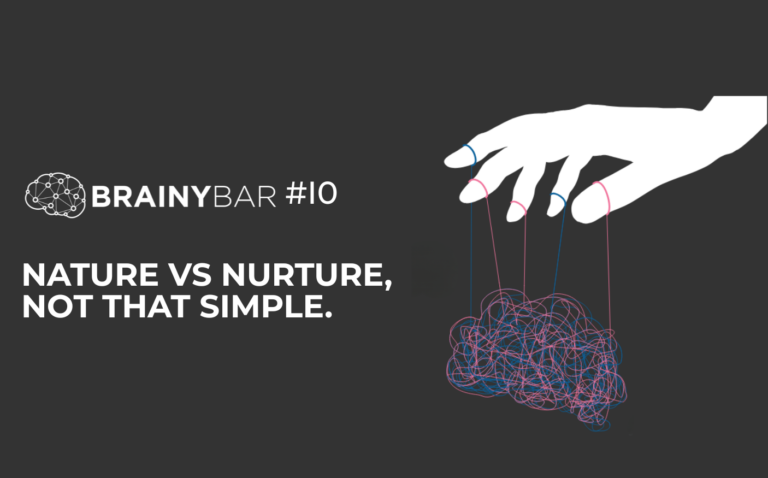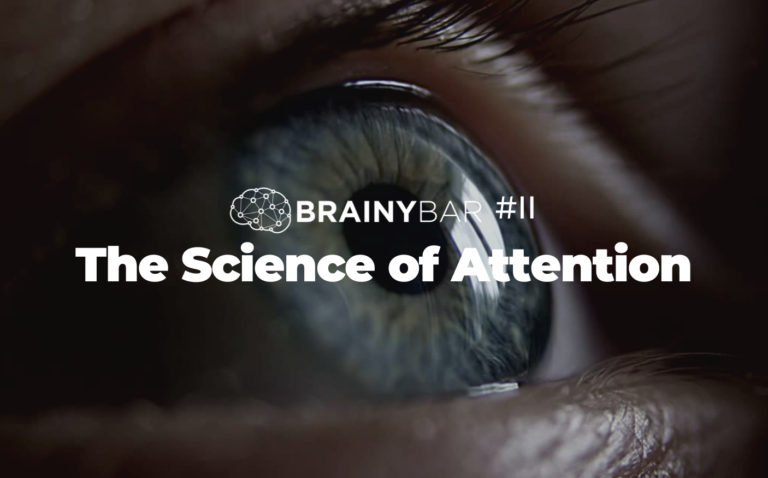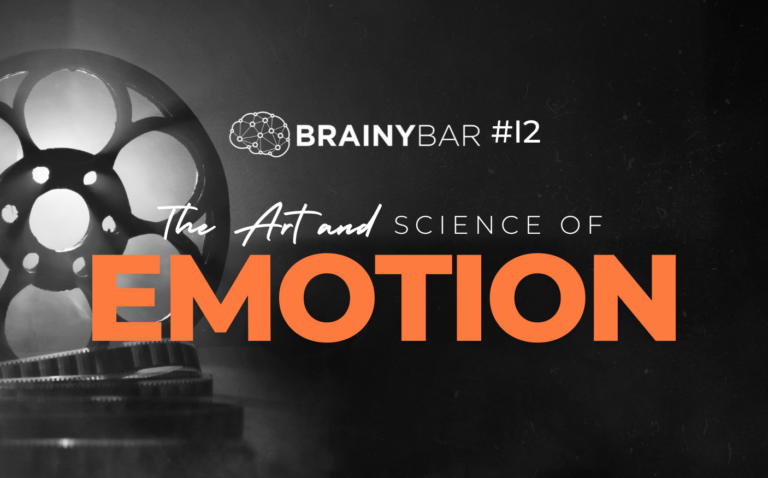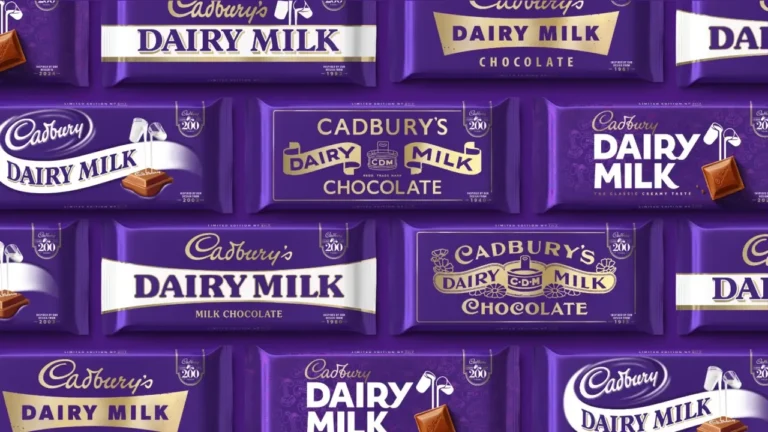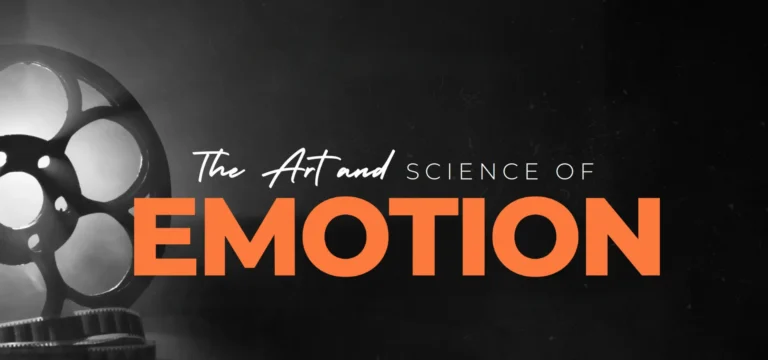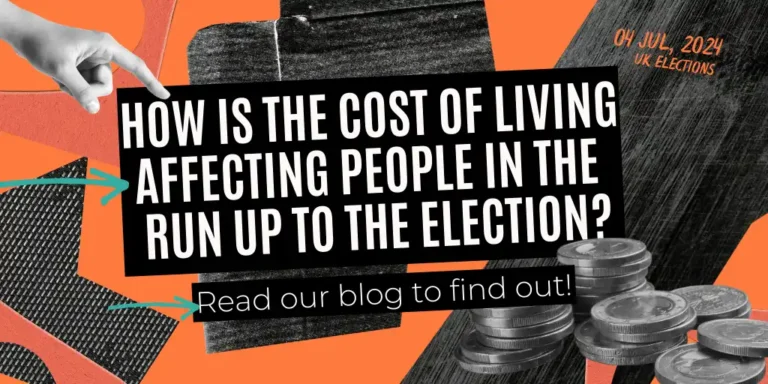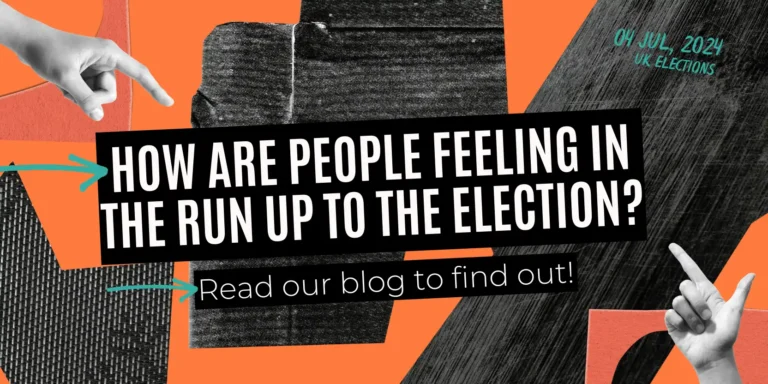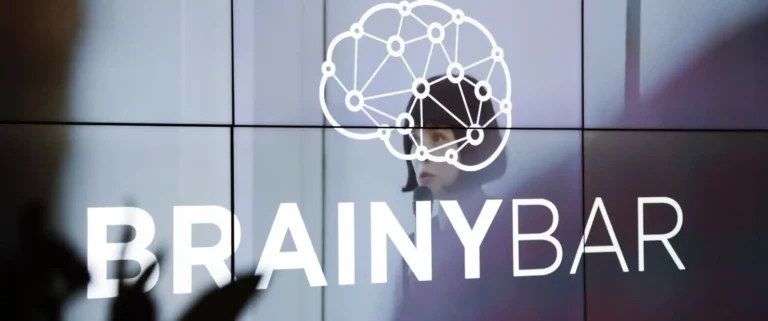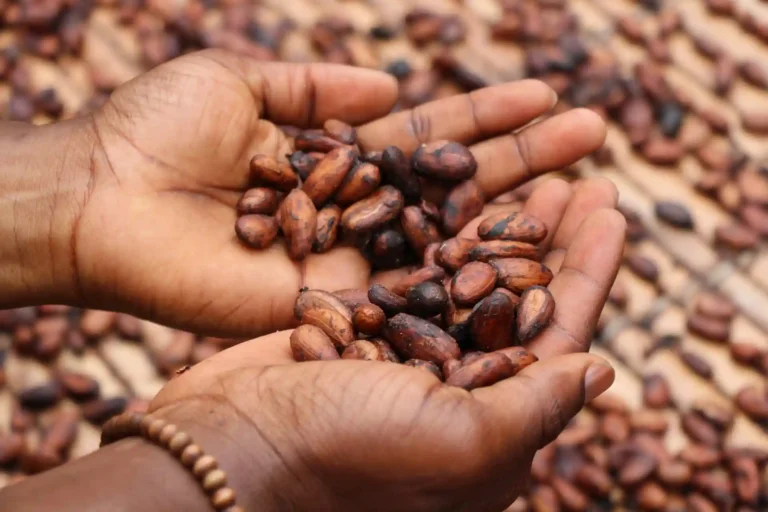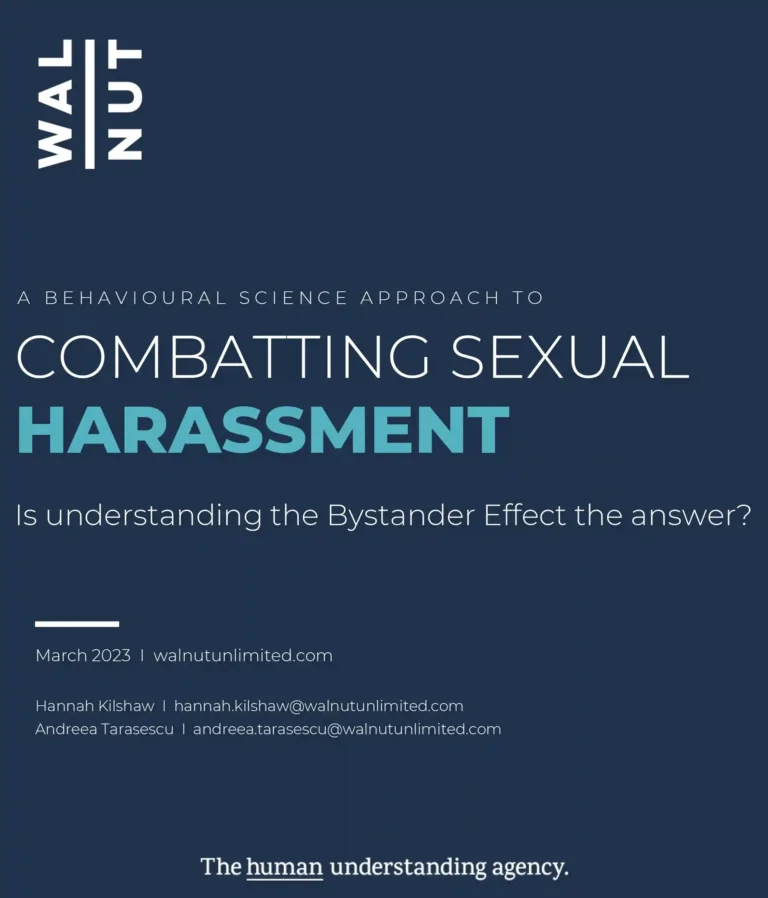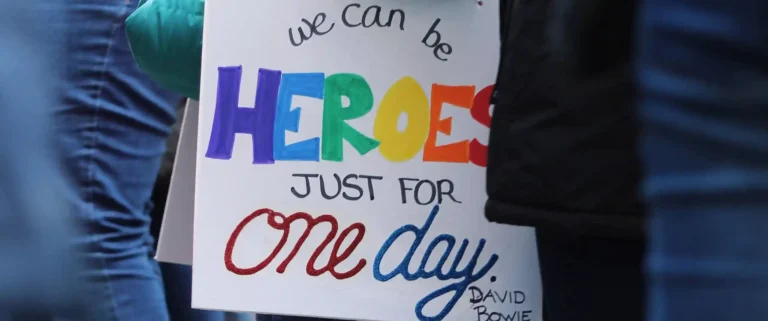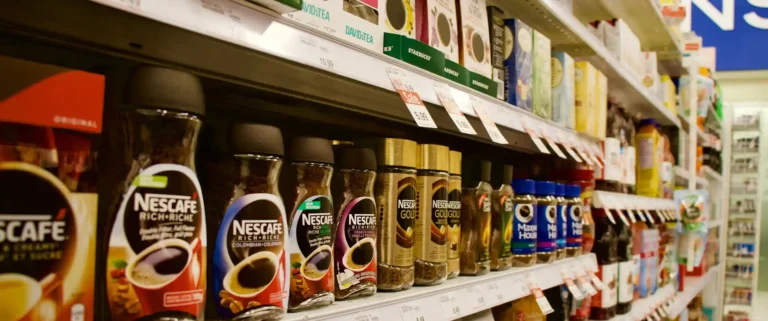Building brand equity through Christmas ads: spotlighting retailers.
26th November 2019
Nick Saxby

Building brand equity through Christmas ads: spotlighting retailers
Over recent years the Christmas advertising period has become a retailer’s equivalent of the Super Bowl. The period between November and December is the biggest opportunity for brands to build on brand equity and indeed drive people in store. Most retailers have again chosen to lead with powerful emotional ads that connect with our hearts and minds rather than with product led ads, seeing the long-term profit ads as a preferred brand strategy.
What are the emotional ingredients these retailers’ ads have utilised?
As brands aim to drive emotional engagement, storytelling comes to the fore yet again. Whether it be held with nostalgia as with this years’ Tesco and Sainsbury’s ads, humour as seen with Aldi’s latest Kevin the Carrot sequel, or ‘the art of giving’ seen in the ASDA and Lidl ads, storytelling catches attention and stimulates emotions leading to a drive to action.
Nostalgia and the brain
For storytelling to be effective it must be held by the right emotional ingredients. Tesco and Sainsbury’s both delivered a nostalgic take on Christmas this year with their ‘Delivering Christmas’ and ‘Nicholas the Sweep’ ads. Research exploring the impact of nostalgia using FMRI scans found nostalgic memories activated parts of the brain involved in novelty direction, and positively stimulates the new and unfamiliar. Although nostalgia is the behaviour of encountering familiar smells, sounds or feelings, the distant memories can provide a double reward for the brain with activation of a novel and unfamiliar feeling (Hepper, Ritchie, Sedikides and Wildschut, 2012). We have also seen in a number of surveys the positive impact nostalgia can have on emotional engagement, who does not want to be taken back to the past where memories can be shaped in a way that’s more positive than the present…
Humour and the brain
A separate emotional ingredient that can hold storytelling is humour. As with storytelling, humour puts the whole brain to work. Jokes can activate memory processing and bring personal relevance, as I experienced with the final line of the Aldi ‘Kevin the carrot ad’… see here. Scientific research has shown time and time again the positive feeling getting a joke can give as the brains reward system is activated. However, for a communication to hold humour it must be a space that a brand can own. Along with having the capability to hold humour, the communication must have the correct execution, as seen with the storytelling in the Aldi ad. Playful humour is a space Aldi can now hold with the series of Kevin the Carrot ads, whilst the storytelling involved ensures an audience are emotionally engaged throughout.
‘The art of giving’ and the brain
As social creatures, the festive period is a time of year where the art of giving drives an as strong emotional reaction as that of receiving gifts. This year, ASDA and Lidl’s advertising both played on the human value of giving in order to drive emotional engagement. Giving is primal behaviour that still holds from its evolutionary roots. Our ancestors would use such behaviour for functional reasons like social grooming in order to maintain hygiene, but also for emotional reasons like fostering protection from social bonding. Thus, our brains are hardwired for the art of giving, it provides an emotional reward. In the ASDA and Lidl ad’s we see the joy the characters display when acting our the behaviour. This connects with viewers primal brain and helps to emotionally engage with the story presented. However, we would hypothesise that the art of giving is a value that belongs to Christmas, not necessarily to a brand, as nostalgia is becoming for Tesco with their consistently used ‘100 years’ or Aldi and their humour. Potentially making the ingredient less impactful at a long-term brand building level.
Brand as the hero throughout
Nevertheless, for such ingredients to drive brand equity and business results, the ad must affect feelings, trigger cues of brand recognition and reflect the brand essence. Therefore, the brand must also play an instrumental role in the story. In the Tesco ad we see how the brand is the hero throughout, ‘delivering Christmas’ to 100 years of generations. The Sainsbury’s and ASDA ads use a slightly different tack to keep the brand influential throughout its story; orange or green brand cues trigger mental associations which result in recognition and positive emotional engagement as we are provided with the brand shot at the end. Combine these techniques with the positive stimulation provided by nostalgia, humour, or giving and brand equity can be expected to rise.
In a period where it’s easy for retailers to think of the present and short-term strategies, more and more, we’re seeing these brands use the Christmas space for their long-term brand building. These retailers are a good example of brands that display human understanding in unpicking what makes humans tick.
If you’re looking to test your festive campaign’s performance (pre or post-festive season), our comms toolkit uses neuroscience techniques which can unpick the what from the why, helping to understand whether your communications have the capabilities to emotionally engage viewers and build brand equity.
More Insights

Exploring attitudes towards debt policies supporting people who are struggling with debt burden in Britian – March 2024

It drew me in… Christmas advertising is not only about storytelling, it is about the story of us as humans
NEWSLETTER
Sign up for the latest treats straight to your inbox




